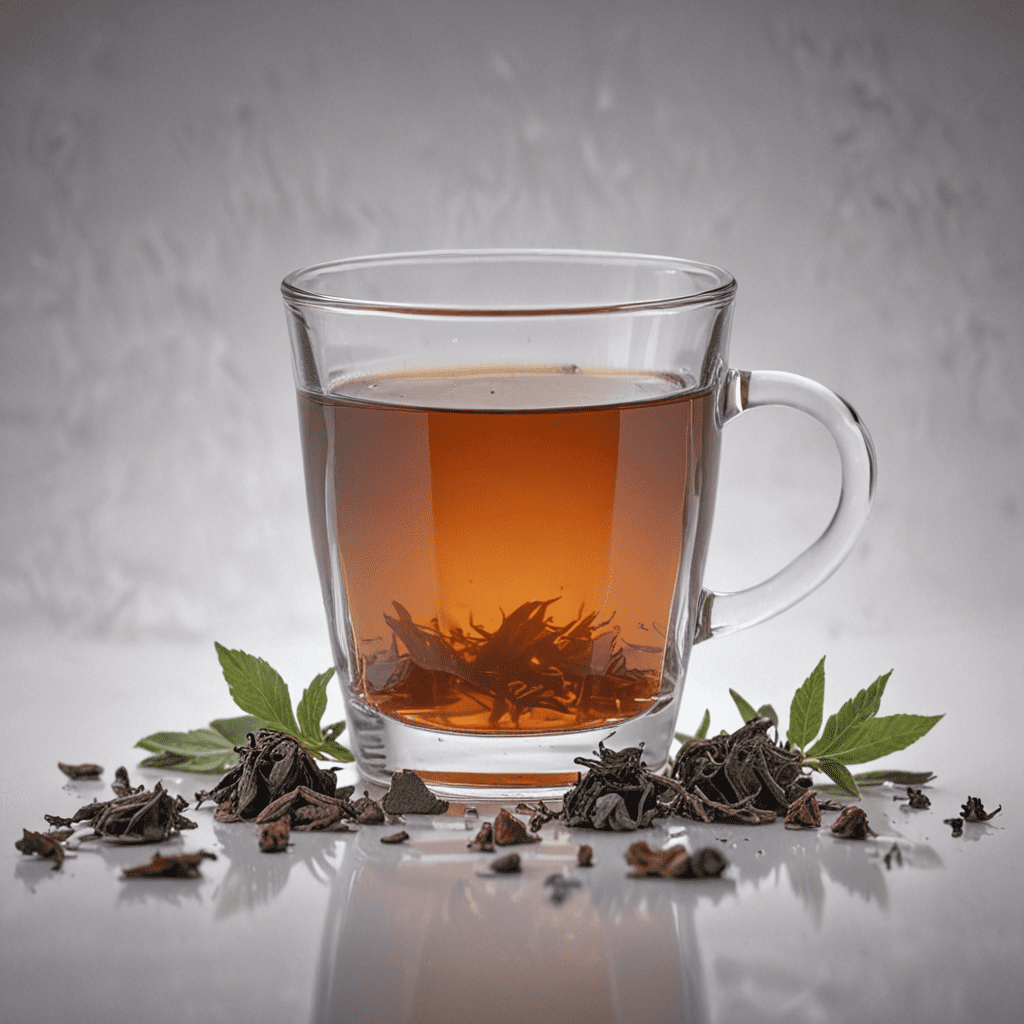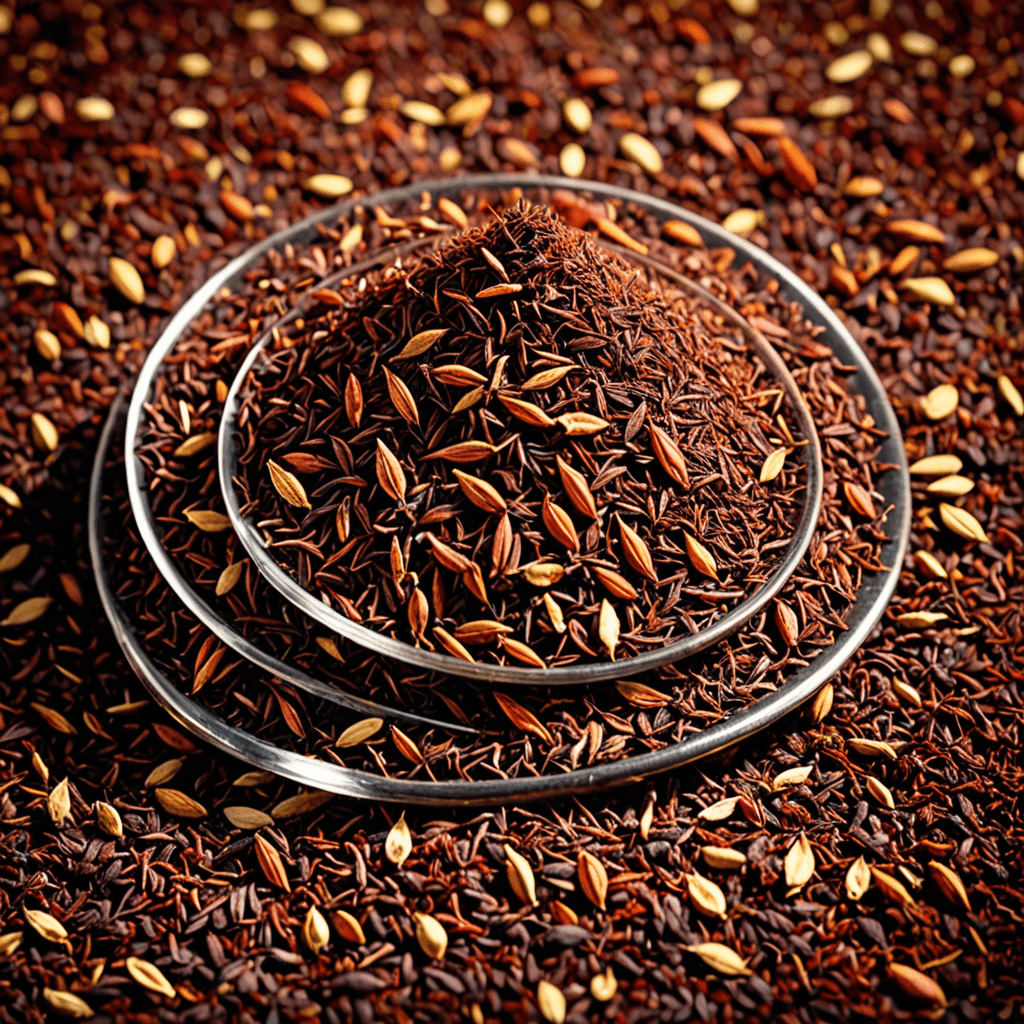
Origins and History
Earl Grey tea is a classic tea blend that has captured the hearts and palates of tea enthusiasts for centuries. Its origins can be traced back to the 19th century, when a British diplomat named Earl Charles Grey was gifted a special tea blend by a Chinese mandarin. The blend, said to have been crafted with the finest black teas and infused with the delicate aroma of bergamot oil, quickly gained popularity among British society and beyond.
The Blend
Earl Grey tea is typically made using a base of high-quality black teas, such as Assam, Darjeeling, or Ceylon. These black teas provide a robust and malty foundation for the blend. The defining characteristic of Earl Grey tea, however, lies in the addition of bergamot oil, derived from the rind of a citrus fruit native to Italy. Bergamot oil imparts a distinctive and alluring citrus scent and flavor that complements the bold character of the black tea.
Notable Characteristics
Earl Grey tea is renowned for its unique and captivating sensory qualities. The dry leaves exude an enticing aroma of citrus, while the brewed tea呈现s a deep amber color with a slight reddish hue. The flavor profile of Earl Grey tea is a harmonious balance of robust black tea and delicate bergamot notes, creating a complex and refreshing experience.
Flavor Profile
The flavor of Earl Grey tea is a delightful symphony of citrus and black tea. The initial sip greets the palate with a burst of zesty bergamot, which gradually gives way to the rich and malty undertones of the black tea. Lingering on the tongue is a subtle sweetness and a hint of floral notes, adding depth and complexity to the overall flavor experience.
Health Benefits
Beyond its sensory pleasures, Earl Grey tea is also associated with a range of potential health benefits. Black tea, the base of Earl Grey, contains antioxidants that may help protect against oxidative stress and contribute to overall well-being. Bergamot, the citrus ingredient that infuses Earl Grey with its distinctive flavor, has traditionally been used in herbal medicine for its calming and digestive properties.
Culinary Uses
Earl Grey tea is versatile beyond the realm of traditional tea drinking. Its unique flavor profile makes it a delightful ingredient in various culinary creations. From pastries and baked goods to savory dishes, Earl Grey tea adds a touch of sophistication and citrusy aroma.
Ritual and Etiquette
Earl Grey tea has become an integral part of tea rituals and etiquette, particularly in British and Commonwealth cultures. It is often enjoyed during afternoon tea, accompanied by delicate pastries or sandwiches. When serving Earl Grey tea, certain etiquette guidelines are observed, such as using a tea cozy to keep the teapot warm and avoiding adding milk or sugar, unless specifically requested.
Variations and Adaptations
Over the years, Earl Grey tea has inspired numerous variations and adaptations. These include blends that incorporate other citrus flavors, such as lemon or orange, as well as variations that use different base teas, such as green or oolong. Some modern adaptations even incorporate unconventional ingredients like lavender or rose petals, creating unique and imaginative flavor experiences.
Pairing Suggestions
Earl Grey tea pairs exceptionally well with various foods, both sweet and savory. Its citrus notes complement pastries, cakes, and scones, while its robust black tea base harmonizes with hearty dishes such as grilled salmon or roasted chicken. For a truly indulgent experience, pair Earl Grey tea with a slice of lemon pound cake or a plate of freshly baked shortbread cookies.
Conclusion: The Enduring Legacy of Earl Grey Tea
Earl Grey tea has stood the test of time, captivating tea enthusiasts worldwide with its distinctive flavor and intriguing history. From its humble origins in the 19th century to its present-day status as a beloved classic, Earl Grey tea continues to delight palates and inspire culinary creations. Its enduring legacy is a testament to the enduring power of a perfectly balanced blend that has captured the hearts and taste buds of generations.
FAQ
What is the caffeine content of Earl Grey tea?
The caffeine content of Earl Grey tea varies depending on the specific blend and brewing method, but it typically ranges from 40 to 60 milligrams per 8-ounce cup.
Is Earl Grey tea good for digestion?
While there is no scientific evidence to suggest that Earl Grey tea specifically aids in digestion, it contains bergamot oil, which has traditionally been used in herbal medicine for its calming and digestive properties.
Is Earl Grey tea a good choice for relaxation?
The bergamot oil in Earl Grey tea is believed to have calming effects, which can contribute to a sense of relaxation. However, it is important to note that the caffeine content of Earl Grey tea may have a stimulating effect for some individuals.
Can I add milk to Earl Grey tea?
Yes, you can add milk to Earl Grey tea if you prefer. However, some tea enthusiasts believe that adding milk to Earl Grey tea dilutes its distinctive flavor and aroma.
What type of foods pair well with Earl Grey tea?
Earl Grey tea pairs well with a variety of foods, including pastries, cakes, scones, grilled salmon, and roasted chicken. Its citrus notes complement sweet treats, while its robust black tea base harmonizes with savory dishes.

